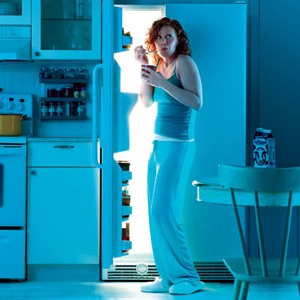There's a lot of confusion out there about when and how often to get a mammogram. For now, the recommendation is that women get a mammogram once a year, beginning at age 40. If you're at high risk for breast cancer, with a strong family history of breast or ovarian cancer, or have had radiation treatment to the chest in the past, it's recommended that you start having annual mammograms at a younger age (often beginning around age 30). This, however, is something that you should discuss with your health care provider.
New results from a long-running Canadian mammogram study are renewing the debate over the “overdiagnosis” of breast cancer, an issue that's often discussed by doctors but unfamiliar to many women, including some who get mammograms faithfully every year.
The study finds that 22% of women whose cancers were detected by mammograms were overdiagnosed — and subjected to unnecessary treatment — because their breast screenings found slow-growing cancers that would not have harmed them. In other words, without mammograms, one in five of these women would never have known they had breast cancer. They would not have gone through treatment, and they would have been just fine, authors say.
STORY: Double mastectomies can benefit some patients
The study is the latest paper from the Canadian National Breast Screening Study, which has followed 89,000 women ages 40 to 59 since 1980. While research suggests that mammograms reduce the risk of dying from breast cancer by 15% …
The main risk of mammograms is that they aren’t perfect. Normal breast tissue can hide a breast cancer so that it doesn't show up on the mammogram. This is called a false negative. And mammography can identify an abnormality that looks like a cancer, but turns out to be normal. This “false alarm” is called a false positive. Besides worrying about being diagnosed with breast cancer, a false positive means more tests and follow-up visits, which can be stressful. To make up for these limitations, more than mammography is often needed. Women also need to practice breast self-examination, get regular breast examinations by an experienced health care professional, and, in some cases, also get another form of breast imaging, such as breast MRI or ultrasound.





Leave a Reply